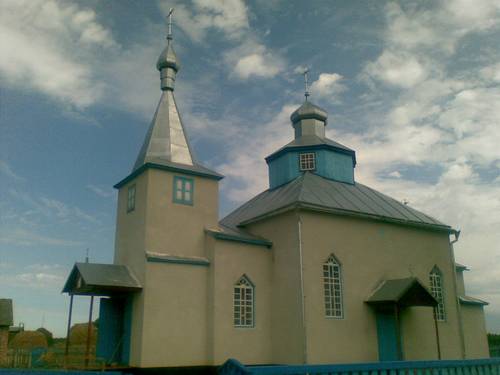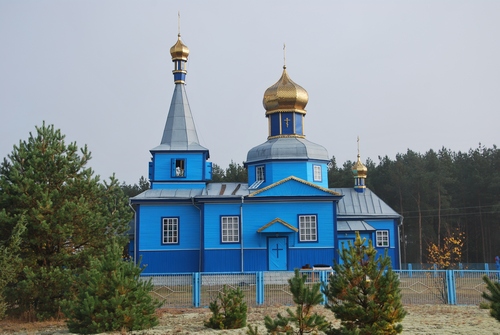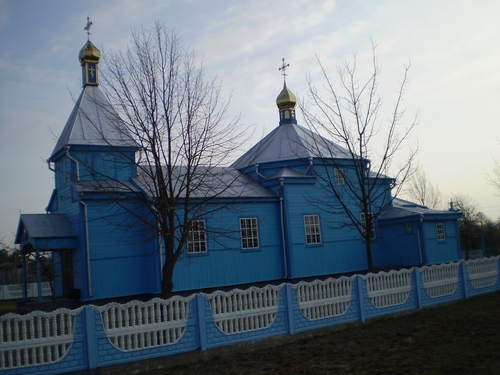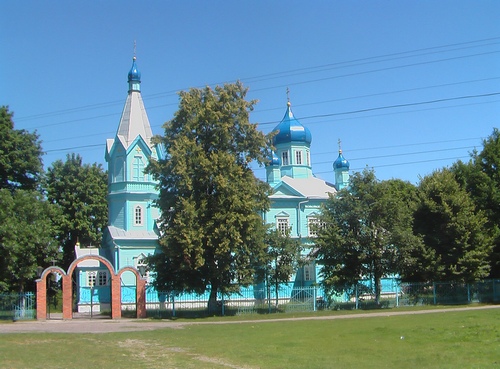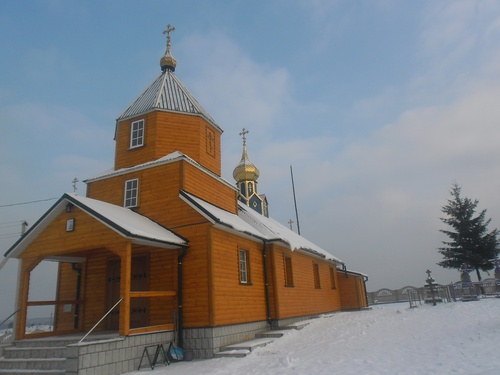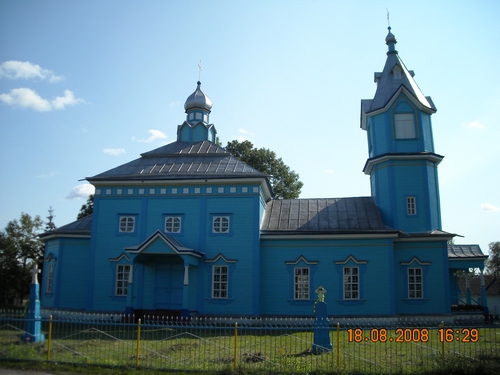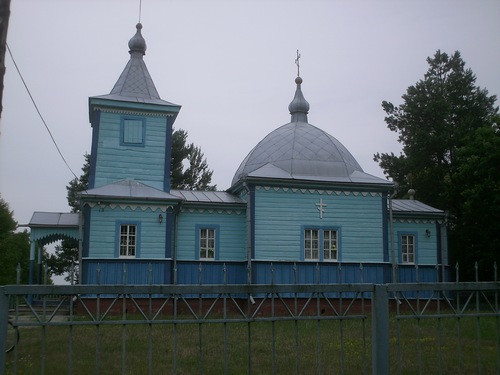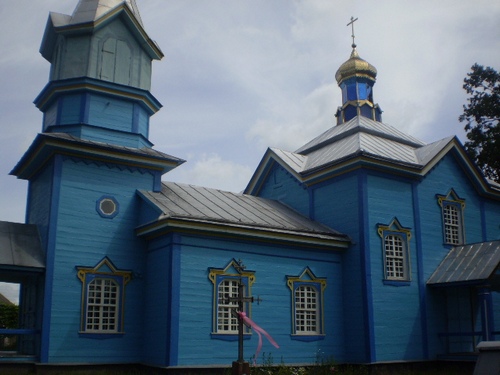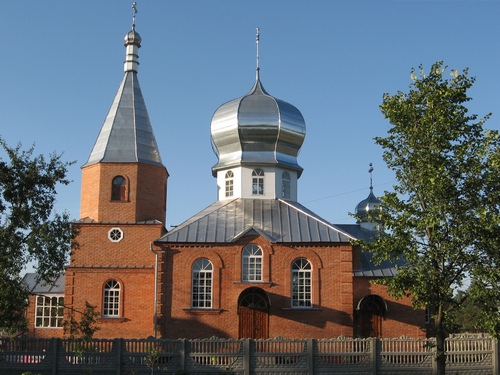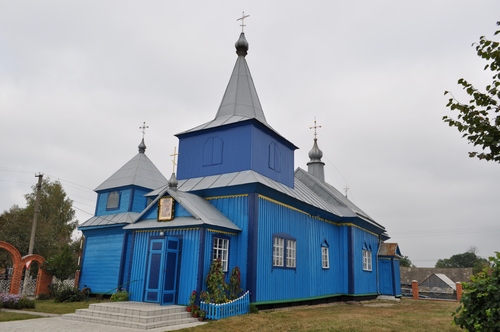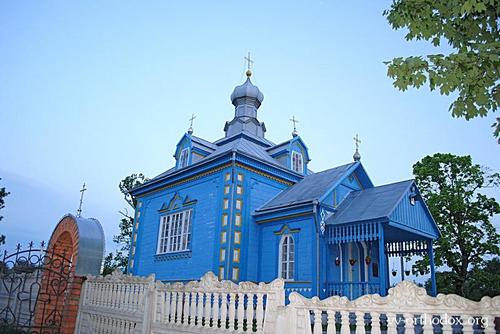1. From Jazz to Digital: An Overview of Nightlife Visual Culture Evolution
Nightlife visual culture has undergone a profound transformation, rooted initially in the evocative imagery of jazz-era nightlife and now flourishing within the expansive landscape of digital technology. This evolution reflects not only technological advances but also shifting cultural narratives, artistic expressions, and social dynamics. Understanding this trajectory requires examining how early visual representations—such as candid jazz club photographs and vibrant posters—laid the groundwork for today’s immersive digital experiences. Over the decades, innovations like film photography, color processing, and digital imaging have expanded the possibilities for capturing and shaping nightlife aesthetics, continuously bridging the gap between past and present.
b. Overview of technological advances shaping visual documentation from analog to digital platforms
c. Connecting early jazz-era photography to today’s immersive digital visual experiences
a. Tracing the historical trajectory from jazz-influenced nightlife imagery to contemporary digital aesthetics
The visual culture of nightlife began to coalesce during the jazz age of the 1920s and 1930s, when photography and poster art began capturing the lively atmosphere of jazz clubs and dance halls. Photographers like William Gottlieb and Herman Leonard pioneered black-and-white images that emphasized dramatic lighting, motion blur, and intimate moments—techniques that became synonymous with jazz aesthetics. These images not only documented the scene but also shaped public perceptions of nightlife as a glamorous, rebellious space. As technology evolved, so did the visuals: from grainy film shots to colorized photographs in the mid-20th century, each phase reflected broader cultural shifts and technological innovations.
Transitioning into the digital era, the introduction of high-resolution cameras, smartphones, and social media platforms revolutionized nightlife imagery. Today, live streams, augmented reality overlays, and immersive virtual environments allow viewers worldwide to experience nightlife scenes in unprecedented ways. This continuum from analog to digital demonstrates how foundational jazz-inspired imagery—characterized by expressive lighting, dynamic motion, and a sense of spontaneity—remains influential in shaping contemporary visual narratives.
b. Overview of technological advances shaping visual documentation from analog to digital platforms
Technological progress has been pivotal in transforming nightlife visuals. The shift from large-format film cameras to compact digital devices democratized nightlife photography, enabling amateurs and professionals alike to capture spontaneous moments. The advent of digital editing software, such as Adobe Photoshop and later AI-driven tools, allowed artists to manipulate images creatively, blending jazz-inspired motifs with modern aesthetics. For instance, digital filters replicating vintage grain or lighting effects help preserve the nostalgic feel of jazz-era visuals while embracing contemporary styles.
Moreover, social media platforms like Instagram and TikTok serve as vast visual repositories, fostering a global exchange of nightlife imagery. These platforms utilize algorithms to curate content, often emphasizing visually striking scenes—be they neon-lit dance floors or AR-enhanced club visuals—thus shaping collective aesthetic preferences. The integration of augmented reality (AR) and virtual reality (VR) further pushes boundaries, creating immersive environments that echo the improvisational spirit of jazz while offering futuristic digital experiences.
c. Connecting early jazz-era photography to today’s immersive digital visual experiences
At the core of nightlife visual evolution lies a shared language rooted in lighting, motion, and atmosphere—elements vividly present in jazz-era photography. Early images emphasized chiaroscuro lighting, capturing the contrast between shadows and illuminated figures, thus conveying mood and energy. Today, digital artists and technologists build upon this foundation by integrating jazz-inspired motifs into virtual environments, augmented overlays, and interactive media.
For example, virtual clubs now feature dynamic lighting schemes and animated visuals that evoke the improvisational feel of jazz performances. These immersive environments often incorporate historical jazz aesthetics—like smoky atmospheres, rhythmic lighting patterns, and soulful visual motifs—creating a continuum that honors the past while exploring new digital frontiers. In this way, the visual language of jazz continues to inform and inspire the digital representations of nightlife, fostering a sense of continuity amid rapid technological change.
2. The Legacy of Jazz Aesthetics in Contemporary Nightlife Visuals
a. How jazz-era lighting, motion, and ambiance influence modern visual styles
Jazz-era nightlife was characterized by dramatic lighting that highlighted performers and dancers, often using spotlights, colored gels, and shadows to create mood and focus. This theatrical lighting style persists today in the digital realm, where neon glows, pulsating lights, and kinetic visualizations mimic the vibrancy of jazz clubs. For instance, contemporary music videos and club visuals frequently employ glitch effects and strobe lighting that echo the improvisational energy of jazz improvisations and syncopated rhythms.
b. The enduring symbolism of jazz in nightlife imagery beyond the musical genre
Jazz symbolizes innovation, freedom, and soulful expression—qualities that nightlife venues aim to evoke visually. Modern digital art and branding often incorporate jazz motifs like saxophones, smoky atmospheres, or vintage microphones to communicate authenticity and cultural depth. These symbols transcend musical boundaries, becoming visual shorthand for nightlife’s allure and its historical roots in jazz’s cultural revolution.
c. Transition from analog photography techniques to digital manipulations that preserve jazz-inspired aesthetics
While early jazz photography relied on film grain, manual lighting, and darkroom techniques, digital tools now allow for precise replication and enhancement of these effects. Digital filters can emulate vintage textures, and layering techniques enable the blending of historical motifs with modern digital aesthetics. This transition ensures that jazz-inspired visuals remain relevant, vibrant, and accessible to contemporary audiences.
3. Technological Shifts and Their Impact on Nightlife Visual Culture
a. The role of digital cameras, smartphones, and social media in democratizing nightlife photography
The proliferation of affordable digital cameras and smartphones has democratized nightlife documentation, enabling anyone to capture and share scenes instantly. This shift has led to a surge in user-generated content that emphasizes authenticity and immediacy. For example, snapshots of neon-lit streets or DJ performances often incorporate jazz-inspired framing—close-ups, motion blur, and atmospheric lighting—creating a visual continuity that links past and present.
b. How augmented reality (AR) and virtual reality (VR) are transforming nightlife experiences and visuals
AR and VR technologies allow users to immerse themselves in digitally constructed nightlife environments. Virtual clubs can recreate the ambiance of historic jazz venues with animated lighting, period-specific aesthetics, and interactive elements. These innovations enable a new form of visual storytelling that pays homage to jazz roots while exploring futuristic digital expressions, broadening access and engagement.
c. The influence of algorithms and AI on curating and creating nightlife images in the digital age
Algorithms and AI-driven tools now curate personalized feeds and generate synthetic images, influencing aesthetic standards in nightlife visuals. AI can produce glitch effects, color grading reminiscent of jazz album covers, or even generate entirely new scenes based on learned styles. This synthesis of technology and art fosters a dynamic visual culture deeply rooted in historical aesthetics while pushing boundaries into innovative territories.
4. Artistic Evolution: From Capturing Moments to Creating Digital Art
a. The shift from documentary-style photography to artistic digital renderings of nightlife scenes
Initially, nightlife documentation focused on capturing candid moments—an approach driven by documentary photography. Today, artists and designers utilize digital software to craft stylized renderings that evoke jazz-era moods, blending realism with abstraction. For example, digital illustrations may feature exaggerated lighting, surreal color schemes, or animated elements, transforming static images into dynamic art forms.
b. The rise of digital art forms such as glitch art, digital collages, and interactive media in nightlife visuals
Contemporary artists experiment with glitch art—distorted visuals reminiscent of analog tape errors—to evoke nostalgia tied to jazz recordings and vintage nightlife imagery. Digital collages combine photographs, illustrations, and animated components, creating layered narratives that reflect the complexity of nightlife cultures. Interactive media, including virtual clubs or AR art installations, further engage audiences, making the visual experience immersive and participatory.
c. How artists blend historical jazz-inspired motifs with modern digital techniques
Artists frequently incorporate jazz motifs—such as saxophones, smoky atmospheres, and rhythmic patterns—into digital compositions. Using techniques like generative art and motion graphics, they produce visuals that honor jazz’s improvisational spirit while embracing digital innovation. This fusion creates a rich visual language that celebrates historical roots while exploring new artistic frontiers.
5. Cultural Implications: Identity, Community, and the Digital Nightlife Scene
a. How digital visuals shape nightlife identities across different cultures and communities
Digital visuals serve as markers of cultural identity within nightlife communities. For example, Afrobeat, Latin, or electronic dance scenes often utilize distinct visual styles—vivid colors, traditional motifs, or futuristic aesthetics—that reflect their unique cultural heritages. Jazz-inspired elements frequently appear as symbols of authenticity, unity, and artistic lineage, fostering a shared sense of community in the digital space.
b. The role of online platforms in fostering global nightlife visual exchanges
Platforms like Instagram, TikTok, and Vimeo enable artists and enthusiasts worldwide to exchange visuals, ideas, and cultural narratives. This connectivity accelerates the cross-pollination of styles—such as blending jazz aesthetics with electronic visuals—creating a vibrant, hybrid global nightlife culture. Online festivals and virtual clubs further reinforce this sense of community, transcending geographical boundaries.
c. The impact of digital visuals on perceptions of nightlife authenticity and glamour
Digital manipulation and curated visuals influence perceptions of authenticity, often idealizing nightlife scenes to emphasize glamour and exclusivity. While this can elevate the cultural status of nightlife, it also raises questions about representation and realism. The jazz era’s raw, spontaneous imagery contrasts with today’s polished digital aesthetics, yet both serve to shape collective fantasies about nightlife as a space of freedom and expression.
6. Future Directions: The Next Phase of Nightlife Visual Culture
a. Emerging technologies like AI-generated imagery and immersive virtual environments
AI-generated visuals are poised to redefine nightlife aesthetics further, enabling the creation of entirely new environments that blend jazz-inspired motifs with futuristic digital art. Immersive virtual clubs and AR overlays will deepen user engagement, allowing audiences to experience nightlife in personalized, interactive ways—continuing the legacy of improvisation and spontaneity from jazz performances.
b. Potential shifts in aesthetic preferences and cultural narratives in digital nightlife visuals
As digital visuals evolve, there may be a move towards more inclusive and diverse representations, integrating jazz aesthetics with contemporary cultural narratives. Aesthetic preferences could shift towards more abstract, immersive, and participatory forms—such as holographic performances or AI-driven art—that challenge traditional notions of glamour and authenticity.
c. The ongoing dialogue between historical jazz aesthetics and futuristic digital expressions
This dialogue sustains a dynamic relationship: jazz aesthetics provide a rich visual vocabulary rooted in improvisation, rhythm, and atmosphere, which digital innovators adapt and expand. The continuous interplay ensures that the soul of jazz persists within the digital realm, inspiring new generations of artists and audiences to explore nightlife’s cultural depths.
7. Connecting Back: From Jazz Roots to Digital Innovation in Nightlife Photography
The foundational jazz-inspired visual language profoundly informs current digital trends, from neon-lit virtual clubs to AI-generated imagery. Recognizing this lineage highlights how historical aesthetics influence contemporary digital art, fostering a sense of continuity amid rapid technological change. As we look to the future, the enduring dialogue between past and innovation promises to keep nightlife visual culture vibrant and meaningful.
For a deeper exploration of this evolution, see the original article How Nightlife Photography Evolved From Jazz Roots to Modern Art.


